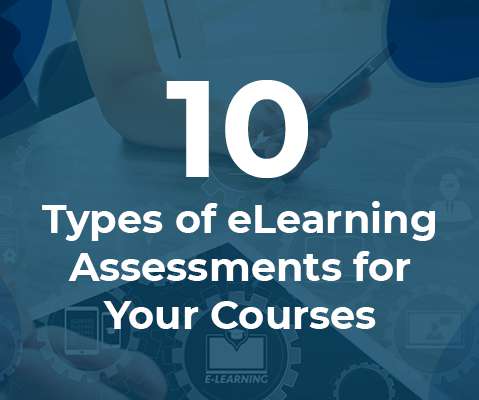Teaching with Tech: The Incredible—and Inevitable—Evolution of the Digital Classroom
Byte Technology
MARCH 23, 2016
Consider some of these facts: • In 1996 only 14 percent of classrooms had Internet access; 13 years later 93 percent were wired into the World Wide Web. Today 48 states support online learning programs, and 95 percent of institutions of higher learning offer online classes.













Let's personalize your content